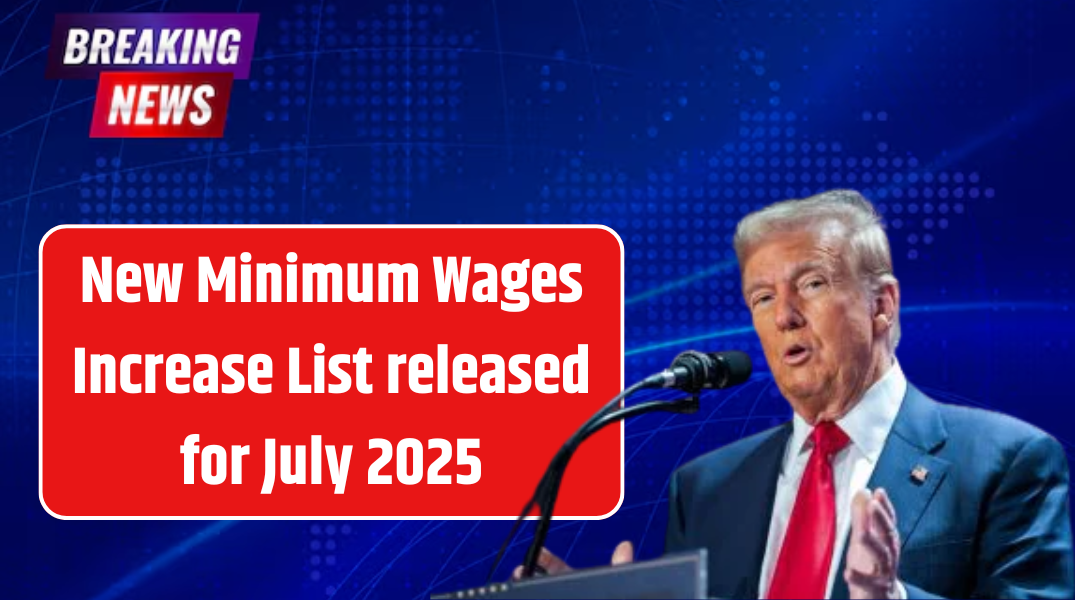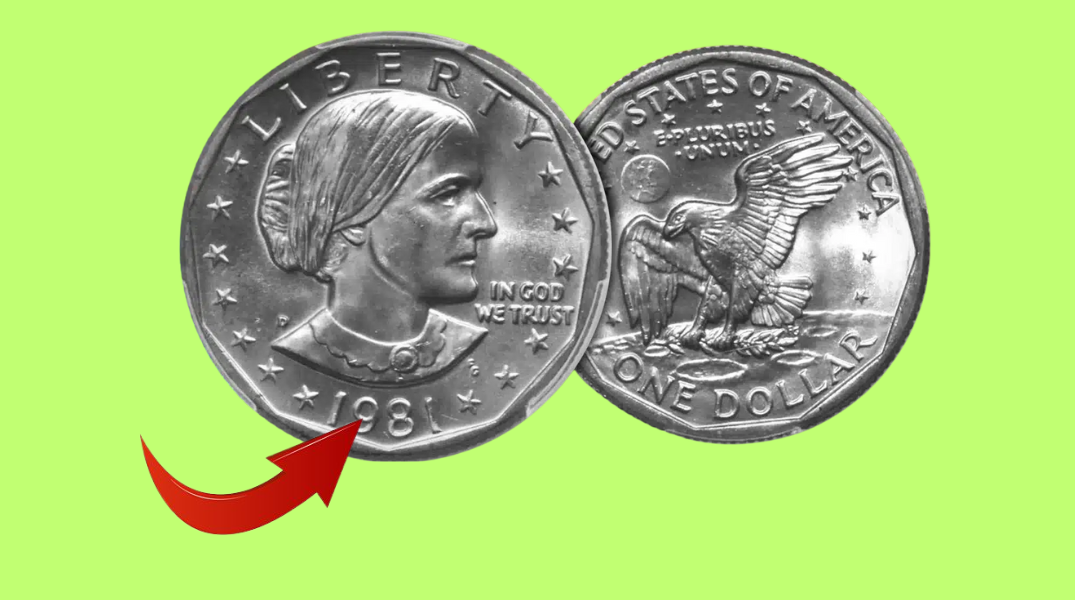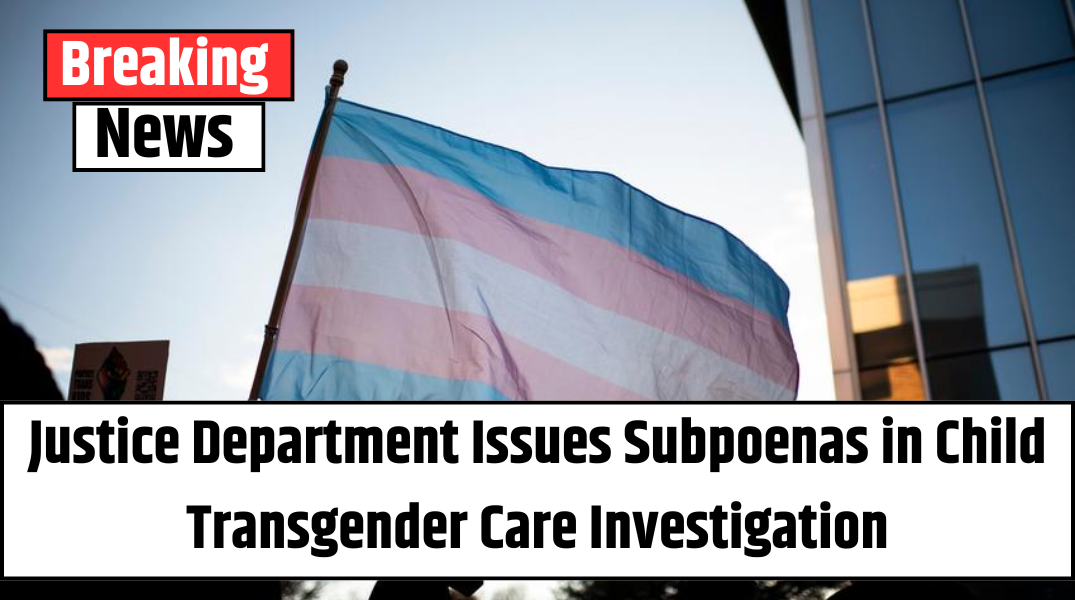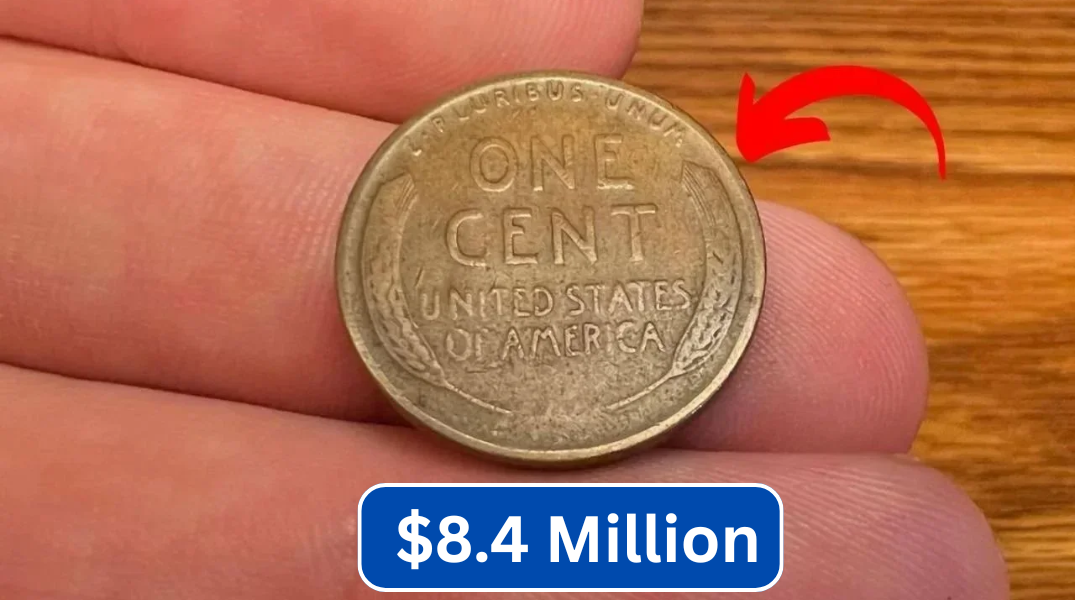July 2025 Minimum Wage Increase – Starting July 1, hundreds of thousands of workers across the U.S. will begin to earn more as minimum wage increases go into effect in numerous states, cities, and counties. These adjustments come at a time when the cost of living continues to climb, putting pressure on workers and local governments alike to address wage stagnation.
At the heart of the changes is a simple goal: help people keep up. In 2024, more than 800,000 workers will directly benefit from these new wage standards, especially those in Alaska, Oregon, Washington D.C., and several cities throughout California.
Why This Matters More Than Ever
The federal minimum wage—locked at $7.25 since 2009—has lost significant value due to inflation. What was once enough to cover a modest lifestyle now falls far short of basic living expenses in most parts of the country.
With Congress at a standstill on raising the federal rate, local and state governments have stepped up. These targeted hikes reflect an urgent reality: wages must evolve to match today’s economic pressures.
“These wage hikes aren’t just numbers—they’re lifelines for workers trying to keep their heads above water,” said Sebastian Martinez Hickey, state economic analyst at the Economic Policy Institute (EPI).
Spotlight on Key Minimum Wage Increases for July 2024
🔹 Alaska
-
New wage: $13.00/hour
-
Increase: $1.09
-
Workers affected: ~19,400
-
Annual impact: +$925 per worker
Approved through a voter-backed initiative, Alaska’s new minimum wage aims to better reflect the state’s remote cost-of-living challenges.
🔹 Washington, D.C.
-
New wage: $17.95/hour
-
Increase: $0.45
-
Workers affected: ~62,200
-
Annual impact: +$727 per worker
Washington D.C. continues to lead with one of the nation’s highest minimum wages, adjusted annually for inflation.
🔹 Oregon
-
New wage: $15.05/hour
-
Increase: $0.35
-
Workers affected: ~801,700
-
Annual impact: +$420 per worker
Oregon’s indexed increase reflects inflation, offering more consistency and predictability to workers and employers alike.
🔹 California (Multiple Cities)
-
Examples:
-
Emeryville: Nearly $20/hour
-
San Francisco: $19.18/hour
-
Los Angeles: Just under $18/hour
-
-
Increases: Between $0.45 and $0.59/hour
Ten California cities and counties will implement local hikes. These high-cost urban areas are pushing wages to some of the highest in the nation.
🔹 Other Notable Increases
-
Chicago, IL: $16.60/hour (up $0.40)
-
Montgomery County, MD: $17.65/hour (up $0.50)
Who Stands to Gain the Most?
According to EPI, the impact of these hikes goes beyond economics—it’s also about equity.
-
58% of affected workers are women
-
Black and Hispanic workers make up a disproportionate share of those who will benefit
-
Many recipients are frontline workers in food service, caregiving, and retail
These increases could help close gender and racial wage gaps, and even reduce reliance on public assistance programs.
A Global Glimpse: How U.S. Wages Compare
While $17.95 an hour might seem high by U.S. standards, it still falls short of wages in other developed nations.
-
Australia’s national minimum wage: ~$15.86/hour (USD)
-
France: ~$12.88/hour (USD)
These comparisons highlight how far the U.S. still has to go on a federal level.
The Push for a $15 Federal Minimum Wage
Amid local increases, lawmakers continue to push for federal change. A new bipartisan bill introduced in June proposes raising the federal minimum wage to $15/hour—more than double the current rate. Supporters say it’s a long-overdue step, while critics warn of potential job losses in low-margin industries.
If passed, the increase would be phased in gradually but would mark the first federal raise in over 15 years.
What Comes Next for Employers and Workers?
Employers will need to stay informed and compliant with the new rates by July 1. Some may face higher labor costs, while others could benefit from reduced turnover and improved employee morale.
For workers, a few extra dollars per hour could mean catching up on bills, affording groceries, or finally being able to save.
FAQs: Your Minimum Wage Questions Answered
Q: What’s changing on July 1, 2024, regarding minimum wage?
A: Minimum wages will rise in dozens of localities across the U.S., including Alaska ($13/hour), Oregon ($15.05/hour), Washington D.C. ($17.95/hour), and several California cities.
Q: Why aren’t all states increasing wages?
A: Minimum wage decisions are often made at the state or city level. Some states tie wage increases to inflation, while others require legislation or ballot initiatives.
Q: What’s the current federal minimum wage?
A: $7.25 per hour. It hasn’t increased since 2009, despite significant inflation over the last 15 years.
Q: Are these wage hikes enough to live on?
A: In many areas, even $15/hour is not considered a living wage. For example, in San Francisco, a living wage is estimated to be over $25/hour for a single adult without children.
Q: Who benefits most from these changes?
A: Primarily women, Black and Hispanic workers, and those in service industries. These increases help reduce income inequality and strengthen local economies.
Bottom Line
The minimum wage increases rolling out on July 1 are a critical step toward fairer pay, especially in high-cost regions. While the federal wage remains stagnant, state and city leaders are taking action to ensure workers are compensated more justly in today’s economy.
If you’re in one of the affected areas, expect to see that raise reflected in your next paycheck—and remember, every dollar makes a difference.










